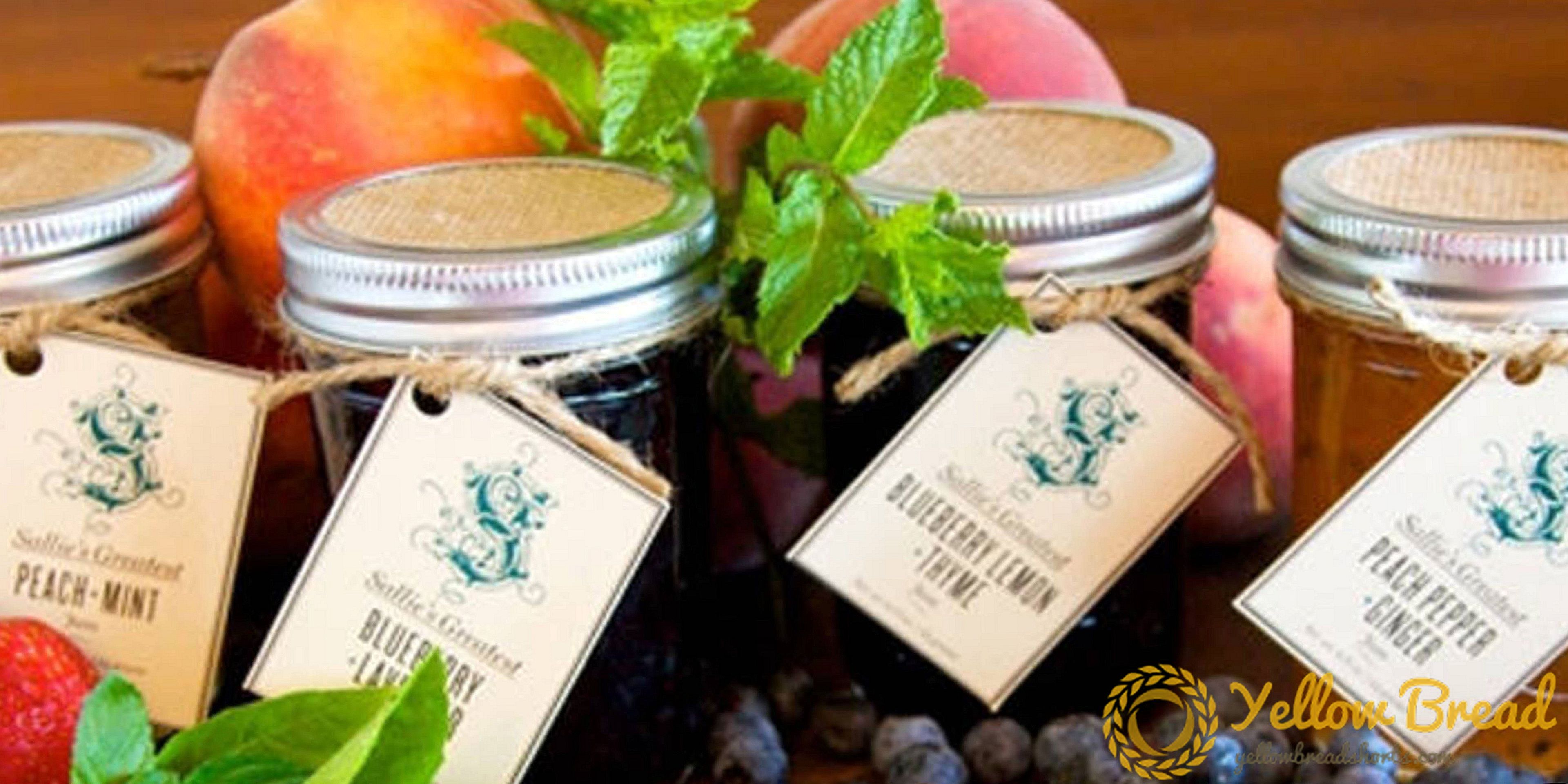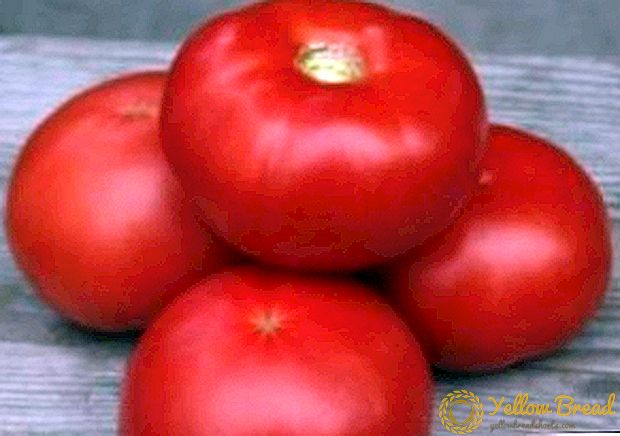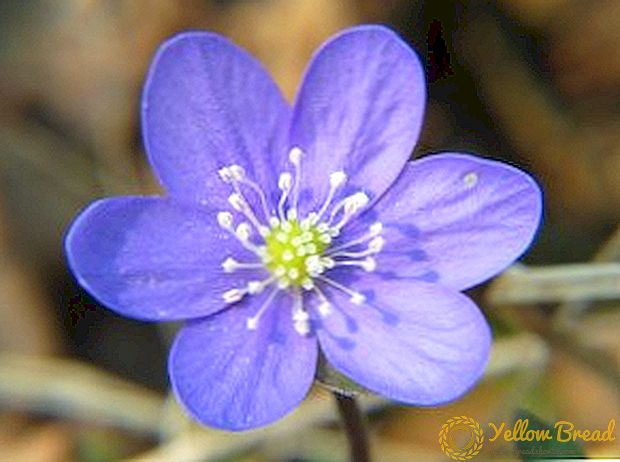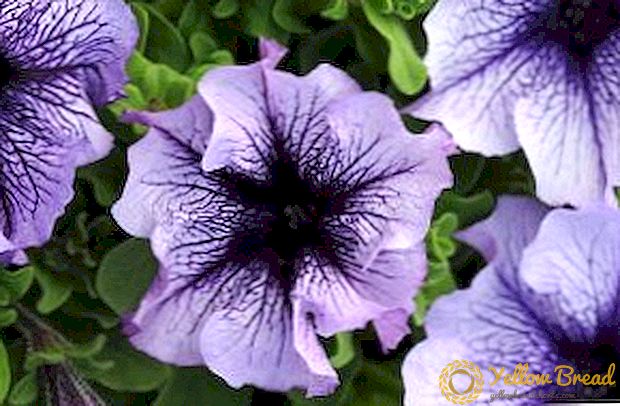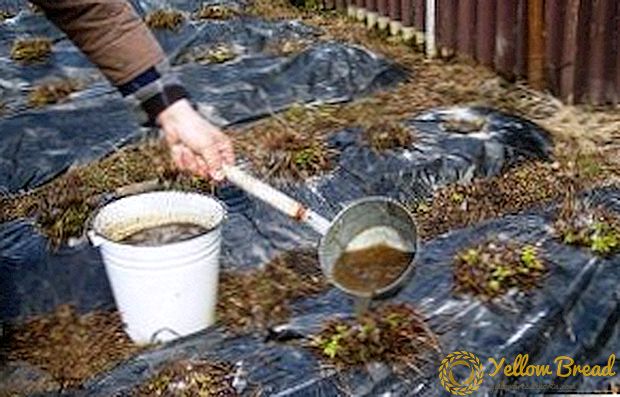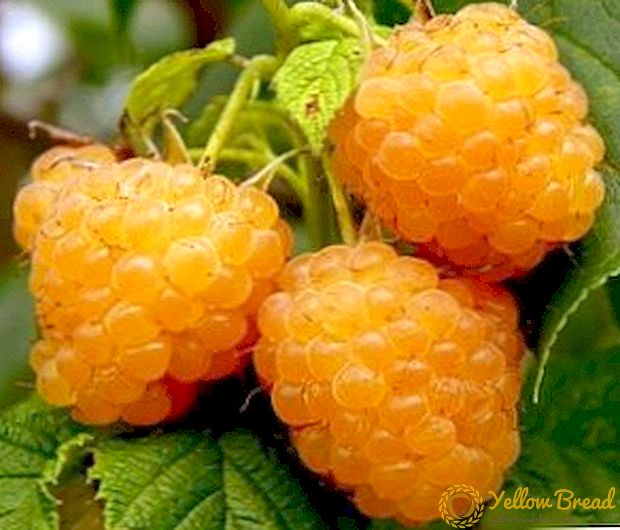 Echmeya is an ornamental plant from the Bromeliad family with an average growth rate. In the wild, it is found in the dry zones of Central and South America. Belongs to epiphytes, rarely - a terrestrial plant, rooting ground shoots. Usually, when the flower ehmeya, it is winter.
Echmeya is an ornamental plant from the Bromeliad family with an average growth rate. In the wild, it is found in the dry zones of Central and South America. Belongs to epiphytes, rarely - a terrestrial plant, rooting ground shoots. Usually, when the flower ehmeya, it is winter.
- Weilbach (Aechmea weilbachii)
- Gobies (Aechmea nudicaulis)
- Double row (Aechmea distichantha)
- Curved (Aechmea recurvata)
- Shaggy (Aechmea comata)
- Matte red (Aechmea miniata)
- Striped (Aechmea fasciata)
- Prichtifnikovaya (Aechmea bracteata)
- Glittering (Aechmea fulgens)
- Tailed or bearded (Aechmea caudata)
The simplicity of the plant, ease of care and beautiful appearance led to the wide popularity of these flowers among fans of the home flora.
Weilbach (Aechmea weilbachii)
Epiphytic plant, has a rosette in the form of a glass. Comes from the Brazilian tropics with a humid climate.  Leaves linear sword-shaped, with soft skin, bright green, smooth, without thorns.
Leaves linear sword-shaped, with soft skin, bright green, smooth, without thorns.
The flowers are collected in complex inflorescences, bluish color with white edges. Inflorescences are located on the direct peduncle up to 50 cm long.
Propagated by seed or division during transplantation.
Gobies (Aechmea nudicaulis)
Ehmeya holostebelnaya - perennial epiphyte. Numerous dense, tough, pointed leaves form a cylindrical socket with a diameter of about 20 cm and a height of 35 cm. At the edges there are small spikes up to 4 mm long.  The flowers are yellow, small, tightly planted on the floral arrow. The entire length of the arrow placed red bracts.
The flowers are yellow, small, tightly planted on the floral arrow. The entire length of the arrow placed red bracts.
Double row (Aechmea distichantha)
Plant with a sprawling rosette, with a diameter of 1 meter. The leaves are narrow, long, pointed, with dark brown sharp spikes along the edge.  Bracts red. The stem is long (50-60 cm) with purple flowers.
Bracts red. The stem is long (50-60 cm) with purple flowers.
Curved (Aechmea recurvata)
These flowers can be epiphytic and terrestrial. The rosette is formed by a small number of narrow leaves 50 cm long, with sharp spikes on the edges.  The flowers are red, bracts, like most ehmey - red. It blooms in spring.
The flowers are red, bracts, like most ehmey - red. It blooms in spring.
Shaggy (Aechmea comata)
Ehmeya shaggy (Linden ehmeya) has a thick rosette of narrow toothed leaves of a meter length.  Bright yellow flowers form a spike inflorescence. Flowering occurs in the winter months.
Bright yellow flowers form a spike inflorescence. Flowering occurs in the winter months.
Matte red (Aechmea miniata)
The socket is thick. The leaves are lingual, scaly, 50 cm long, purple at the base and green along the entire length.  The stem is straight, red. The flowers are pale blue. It has a long flowering period. Gives small pink fruit.
The stem is straight, red. The flowers are pale blue. It has a long flowering period. Gives small pink fruit.
Striped (Aechmea fasciata)
Or bilbergia striped. A tubular outlet of large diameter (about a meter). The leaves are long and wide (6 cm), gray-green with small pale transverse stripes.  Inflorescence spiciform, blue-purple, small in size.Bracts large, shiny, pink. In spring and summer, striped Achmeia begins flowering.
Inflorescence spiciform, blue-purple, small in size.Bracts large, shiny, pink. In spring and summer, striped Achmeia begins flowering.
Prichtifnikovaya (Aechmea bracteata)
It has a thin and straight peduncle with bright red bracts. Inflorescence pyramid-shaped, with white-toothed base.  The flowers are small, red-yellow. The leaves are long and wide (up to 10 cm) with spikes on the edges.
The flowers are small, red-yellow. The leaves are long and wide (up to 10 cm) with spikes on the edges.
Glittering (Aechmea fulgens)
Echmeya sparkling - epiphytic plant with a dense rosette of green-purple leaves.  Inflorescence in the form of a panicle with pink bracts. The flowers are small, red. The fruits are small, red.
Inflorescence in the form of a panicle with pink bracts. The flowers are small, red. The fruits are small, red.
Tailed or bearded (Aechmea caudata)
In appearance, it resembles a striped stripe. Peduncle pubescent, straight. Inflorescence with red pristotsvetnym leaves. The flowers are yellow, small.  Echmeya is of great importance in the environment of flower growers. The variety of species, ease of maintenance and care make these plants very popular among florists.
Echmeya is of great importance in the environment of flower growers. The variety of species, ease of maintenance and care make these plants very popular among florists.
Echmeas in winter gardens, green corners will look very nice.Provide a decent content to the plants, and they will delight you with their appearance for years.

